Table of Contents
Introduction
The Korean Gochujang is in a world of its own as far as condiments with intense flavor that can turn any regular dish into an extraordinary one within minutes are concerned. This spicy, sweet, and savory fermented red chili paste is heavily used in Korean cuisine and has a rich flavor. But regardless of whether you are new to it or already a fan, this guide will teach you how to make the most out of gochujang by introducing 4 bold, toothsome, and easy-to-follow recipes that are ideal to add to all of your favorite dishes.
Whether you have a hard time trying to add interest to your stir-fry, want to amp up your grilled chicken, or give your noodles or sauce a zing, this article is what you need to know. What can be said about the reason why Korean gochujang should permanently reside in your kitchen, and how you can begin to use it today?
What is Korean Gochujang and Why It’s a Flavor Powerhouse
Korean fermented Gochujang red chili powder and spicy red pepper paste (gochugaru) are combined with sticky rice, fermented soybeans, and salt and converted to a thick chili fermented paste. It is extremely musty and is not only sweet, savory, and spicy, but also this is the reason why it is a very versatile food in cooking.
Gochujang has been produced in Korea for centuries, and at that time it was matured in clay jars and had already found its the consumption of seasoning for all kinds of soup and stews, and also grilled meat. Now it can be found in all possible forms, like in the regular form of paste, in ready-mixing sauces, and even in mild or extra-spicy forms, so one is not likely to have numerous difficulties adding it to everyday dinners and lunches.
It possesses a highly balanced taste value, and this makes it a preferred element of marinade, dipping sauce, glazing, and so on. In this blog, four recipes for meals that you need to create using Korean Gochujang will be provided to turn ordinary foods into restaurant-quality ones.
1. Spicy Gochujang Stir-Fry: Fast, Fiery, and Flavorful
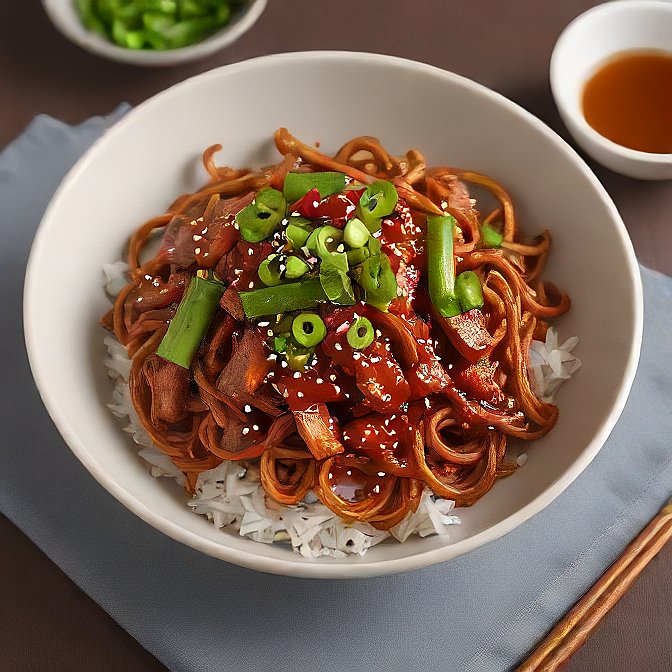
When you do not feel you have much time to spare in the process, and you want to get something rich and filling, this spicy gochujang stir-fry will be your best chance. One can make it in less than 30 minutes, and it goes well with chicken, tofu, shrimp, or beef.
Ingredients:
- 1 pound of protein (chicken, tofu, or shrimp)
- 2 tablespoons Korean gochujang
- 1 tablespoon soy sauce
- 1 tablespoon sesame oil
- 1 tablespoon rice vinegar
- 1 tablespoon honey or brown sugar
- 2 garlic cloves (minced)
- 1 bell pepper (sliced)
- 1 onion (sliced)
- 1 cup broccoli or snap peas
- Cooked rice, for serving
Instructions:
- The sauce is made by adding gochujang, soy sauce, sesame oil, vinegar, honey, and garlic to a small bowl.
- Warm up oil in a pan on medium heat and then fry the protein until they are golden. Remove and keep aside.
- Once the vegetables are cooked, stir-fry them for 3-4 minutes till they are tender-crisp.
- Put the protein back in the pan, pour over the sauce, and stir everything up till coated and warm.
- When cooked, drink over hot rice.
Why It Works:
It is also perfectly caramelized and adheres almost like a glaze to every bite, and is not only infused with intensely pronounced flavors but also contains the right amount of kick as a result of the gochujang sauce. The meal is ideal to be served during weekdays and for the preparation of meals.
2. Gochujang Glazed Grilled Chicken: Sweet Heat on Every Bite
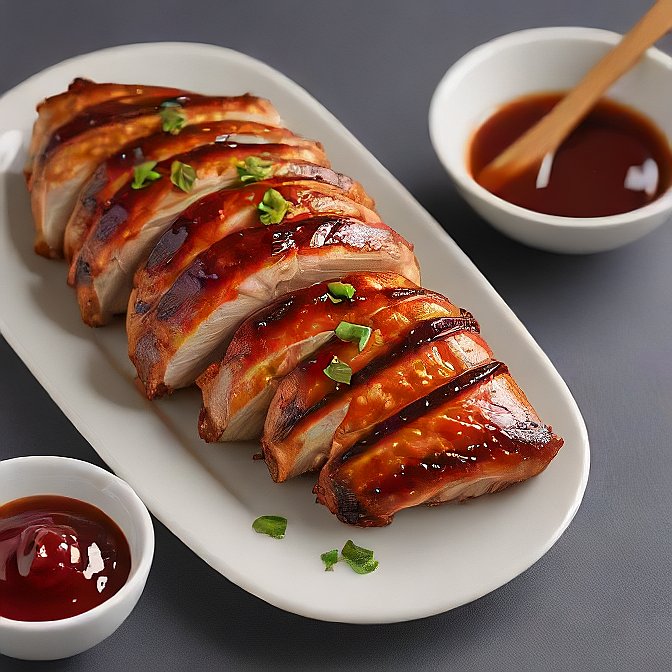
Gochujang gives grilled chicken an exciting, sticky, and even a bit burnt crust glaze. This marinade imparts a sweet, spicy, and savory taste to the meat, which gives it a compound taste with each bite.
Ingredients:
- 1.5 pounds chicken thighs or drumsticks
- 3 tablespoons Korean gochujang
- 2 tablespoons soy sauce
- 1 tablespoon sesame oil
- 2 tablespoons honey
- 2 garlic cloves (minced)
- 1 tablespoon grated ginger
- Juice of 1 lime
Instructions:
- Mix all the elements of the marinade in a bowl.
- Put the chicken in a wrap, marinate it in the refrigerator for about 2 hours (though it is preferable to spend the night).
- Turn on your grill or turn on your oven to preheat to 400 degrees Fahrenheit ( 200 degrees Celsius).
- Put the chicken to roast or grill it, wetting it plentifully with the unused marinade until it is cooked through, beyond being slightly charred.
Pro Tip:
Add more juice by having thighs with the bone. It is served with grilled vegetables or steamed rice to have a complete meal.
Why It Works:
Sugars in the marinade also make an ideal crust of caramelised sugar, and the specific sweetness of rich Umami heat of the gochujang complements the flavours of whatever is caught on the grill perfectly.
3. Korean Gochujang Noodles: Comfort in a Bowl
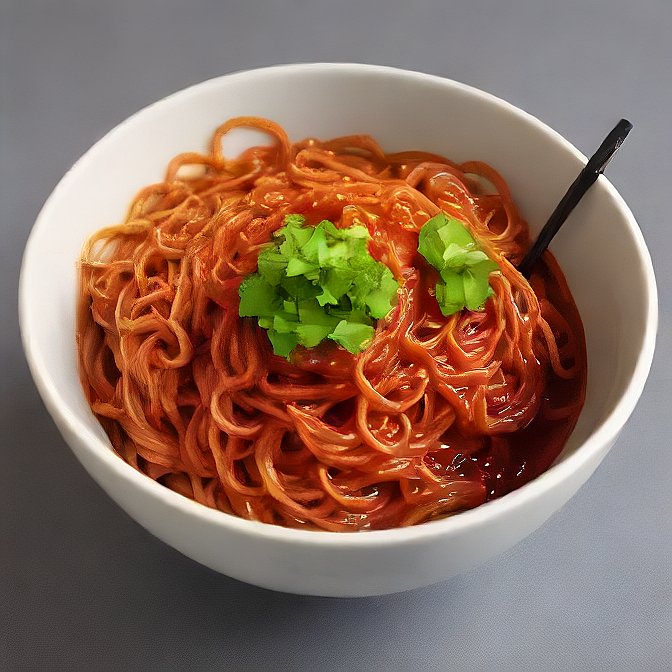
It should get you in the mood to relish a quick and tasty hygienic Chinese noodle. The noodles that are served with Gochujang are spicy, hot, and juicy.
Ingredients:
- 200g cooked noodles (ramen, udon, or soba)
- 2 tablespoons Korean gochujang
- 1 tablespoon soy sauce
- 1 tablespoon sesame oil
- 1 teaspoon rice vinegar
- 1 teaspoon sugar
- 1 green onion (sliced)
- 1 boiled egg (optional)
- Toasted sesame seeds for garnish
Instructions:
- Cook noodles as it is written on the package, after which the noodles are drained.
- Heat sesame oil in a pan and add gochujang, soy sauce, vinegar, and sugar to it.
- Put the noodles in the sauce and stir together until well-coated and hot.
- On top, you can put cut green onions, a bit of sesame seeds, and a soft-boiled egg, as you wish it to be.
Customization:
Add mushrooms or spinach, fried, or add ground meat to thicken it.
Why It Works:
It is fast and tasty. It is ideal either as lunch or dinner, and even as a filling snack at night.
Check Out: Vanilla Glaze: 7 Dreamy Recipes to Perfect Your Cakes.
4. Gochujang Mayo Sauce: The Ultimate Fusion Condiment
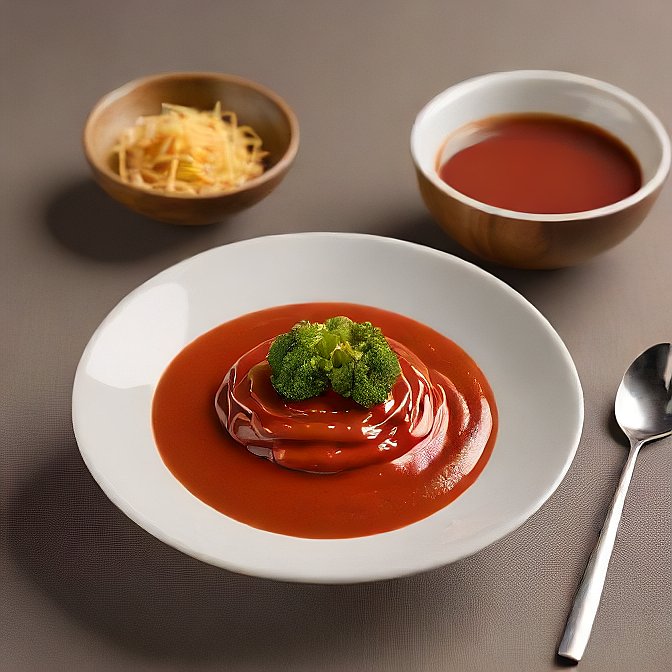
And you know what? Sometimes the easiest method to consume Gochujang Korean is on the most basic level, blended with your creamy condiment that comes around to spread, dollop, or drizzle. This is a simple gochujang mayo, which is thick, spicy, and has great character.
Ingredients:
- 3 tablespoons mayonnaise
- 1 tablespoon Korean gochujang
- 1 teaspoon lemon juice
- 1 small garlic clove (minced)
- Pinch of salt
Instructions:
- Put everything together in a small bowl and stir it up.
- Add more lemon juice or gochujang to taste.
Uses:
- Sandwich spread
- Fries dip
- Sushi rolls
- Grilled meats
- Rice bowls
Make It Your Way:
Greek yogurt can be lighter, or more garlic can be added to it.
Why It Works:
This sauce brings flavor to practically everything. It is the best way to serve people who are not much accustomed to spicier sauces gochujang.
Bonus Tips: Cooking with Korean Gochujang Like a Pro
- These are a couple of other tips when making use of gochujang to cook:
- Moderation: As gochujang is extremely high in taste, either combine it with acidic (vinegar, citrus), sweet (sugar, honey), or fat (oil, mayo) to neutralize it.
- Go Light. Start small, especially when you are a novice to spicy food.
- There is definitely no doubt that Overcooked: Gochujang is easy to burn since it has sugar. Add late in the cooking of the things, or into the sauce, and not too long, and not too hot.
- Best Match-ups: It can be served with grilled meat or stir-fried vegetable dishes, eggs, tofu, noodles, and rice dishes.
Conclusion:
That is why Korean Gochujang is sweeping the world through the food industry. It is spicy, fruity, and so multifunctional that it can make chicken and noodles delicious, as well as ordinary dips and spreads.
You read four ways in which gochujang can be creatively used in this guide:
- healthy, fast, and fiery stir-fry
- Chicken that is mouthwatering when it is grilled
- Heart-warming gochujang noodles
- A gochujang mayo dipping sauce A gochujang mayo dipping sauce
These recipes are simple to cook and fun to do, both when you are cooking a dinner alone and with your friends. Once you start using gochujang, you will not consume it in the quantities you would wish.
Enter a jar, choose your formula, and taste the daring magic of the Korean gochujang.
For more info: Click Here.
FAQs About Korean Gochujang
1. Is Gochujang Korean very spicy?
The heat of gochujang is mild, and it does not flatten your taste buds in one go, but gradually develops heat. It is spicy (thanks to the Korean red chili powder, gochugaru); however, it is countered by the sweetness of the fermented rice and the savoury notes of fermented soybeans. Most store-bought varieties are available in a variety of degrees of heat (mild, medium, or hot) in case you would like to select yours according to how spicy you can consume it. It is not as spicy as hot sauce or as spicy as raw chilies, which makes it easy to consume by many individuals who avoid spicy stuff.
2. Is it possible to replace gochujang in cooking?
Whereas gochujang possesses a unique flavor that is too difficult to substitute, you may make a simple one to replace it in case you are short of it. To simulate the fermented flavor, add some miso paste to red chili paste or Sriracha, a little soy sauce, and a bit of sugar (or honey), and it will be the simulated effect of the BLT sauce. Nonetheless, this alternative will not be as deep or sophisticated as authentic gochujang is. When you really want to learn Korean cooking or get the real taste of it, then it would be wise to get the real thing.
3. How many days does gochujang last after opening?
The gochujang should be refrigerated after opening it, but not opened with the lid loosely closed. It ferments and thus, due to being cooked with salt, has a long shelf life, which is usually up to 6 to 12 months. When scooping it out, always use a clean spoon to prevent introducing bacteria. The flavor of it might also improve and mellow with time, but when the flavor starts to show some mold, odor, or when some drastic color change appears, then it is better to dispose of it. It has a long shelf life when well-kept.

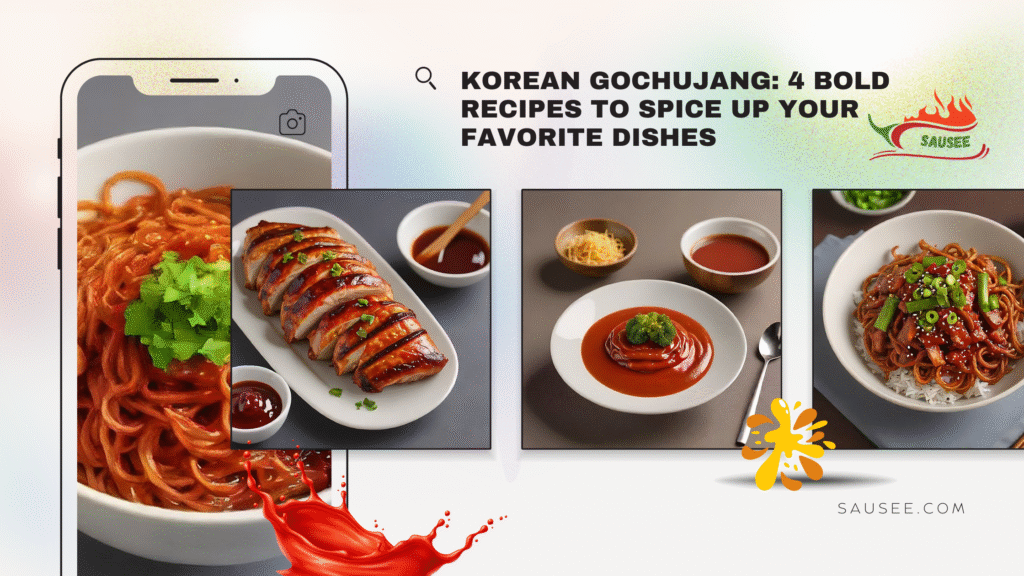
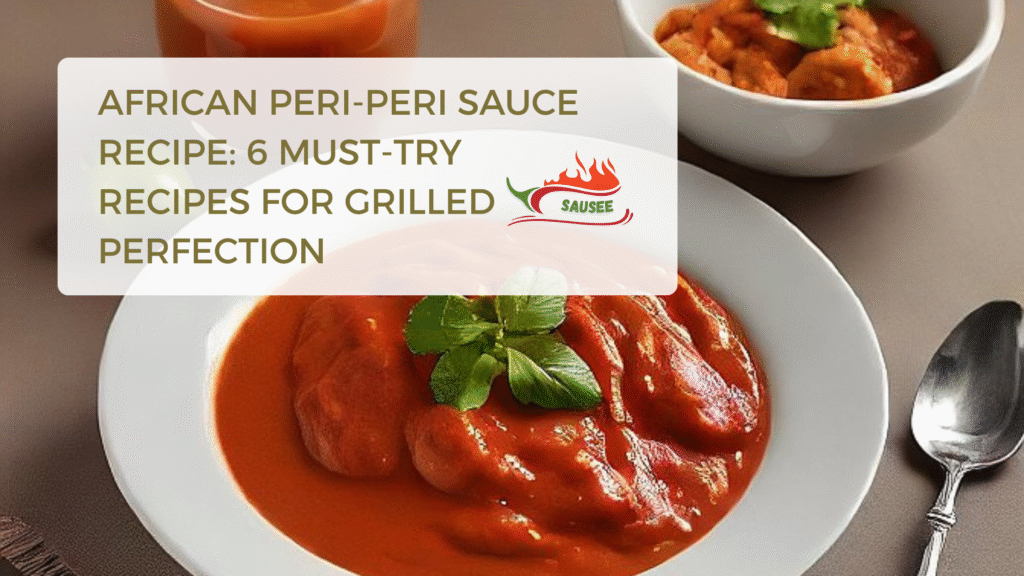

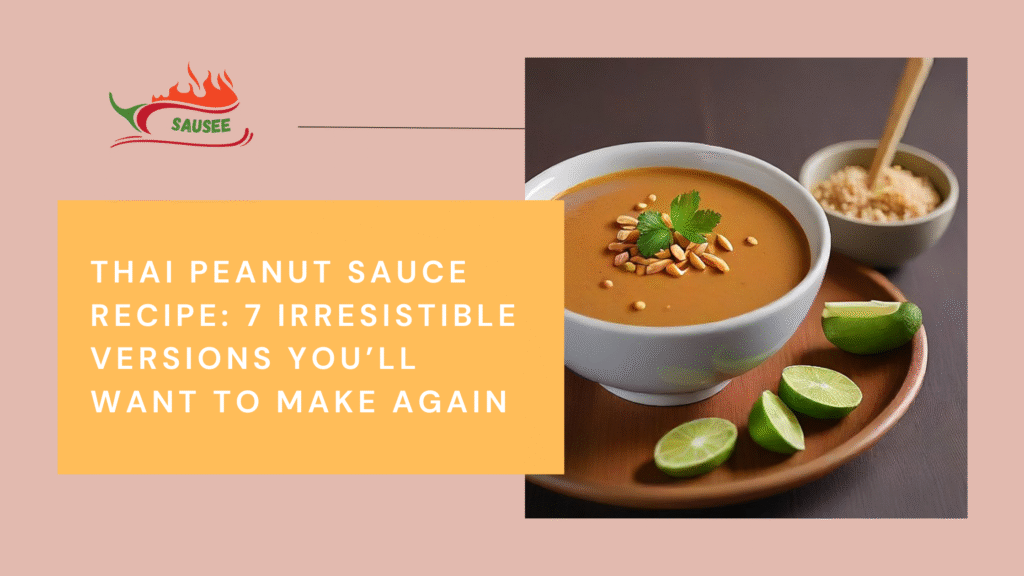
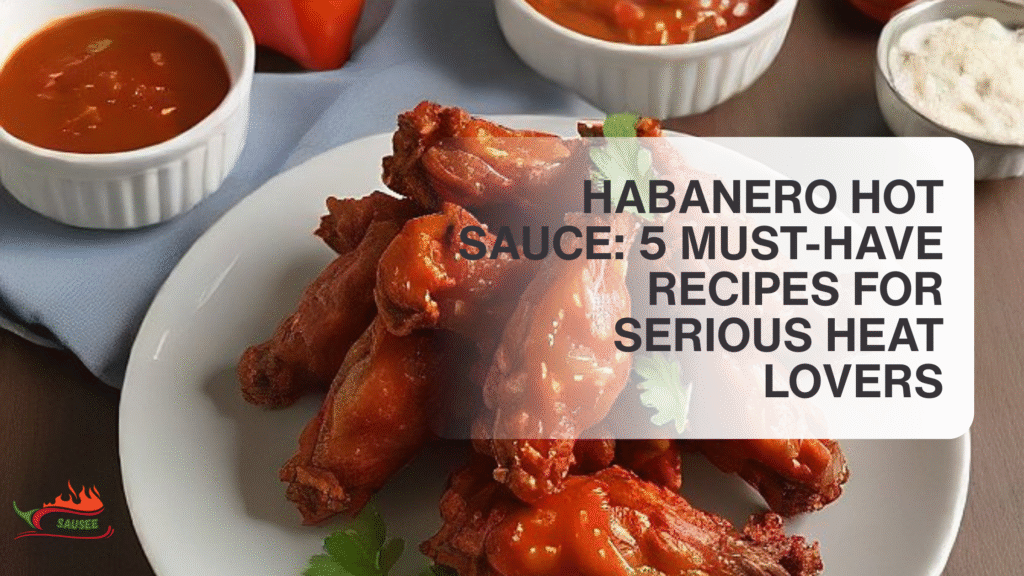
No filter needed 😏
Sauce already exceeded